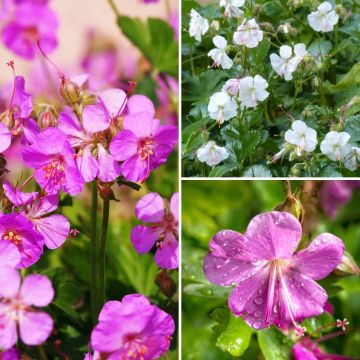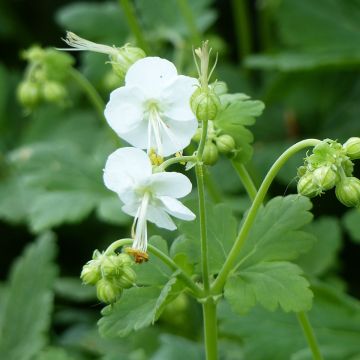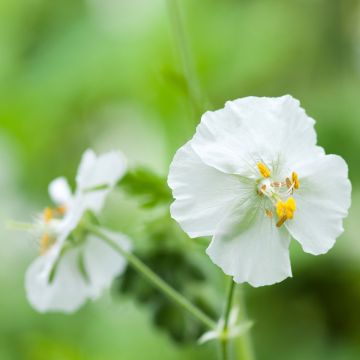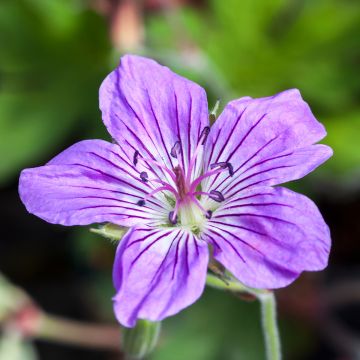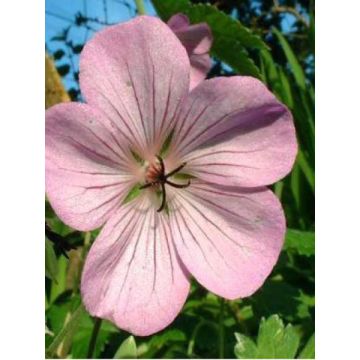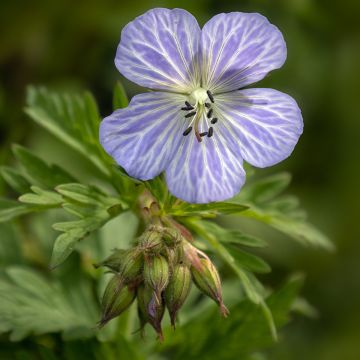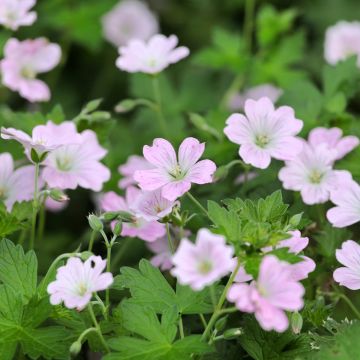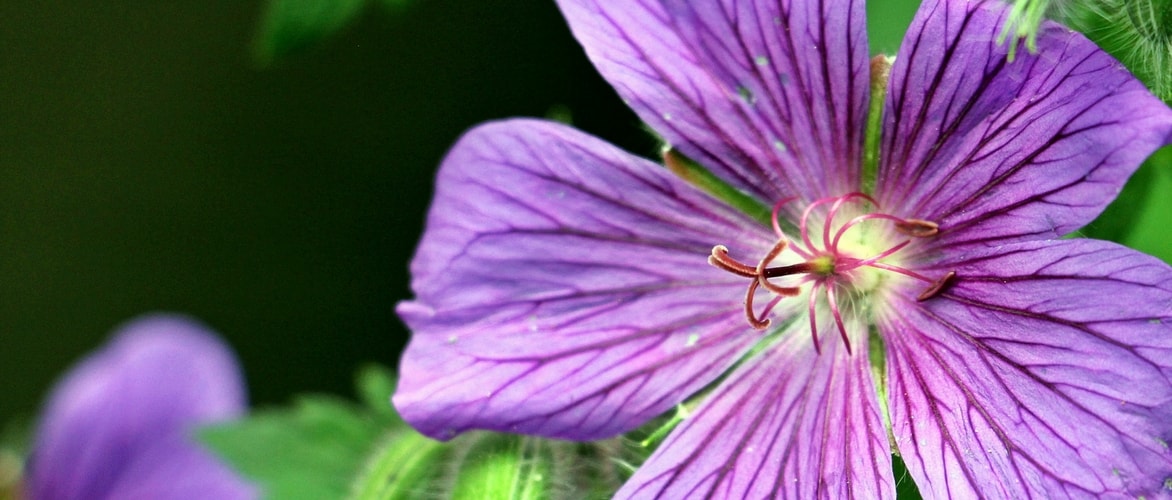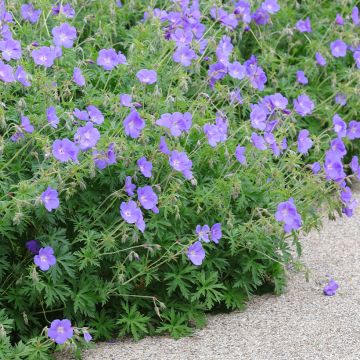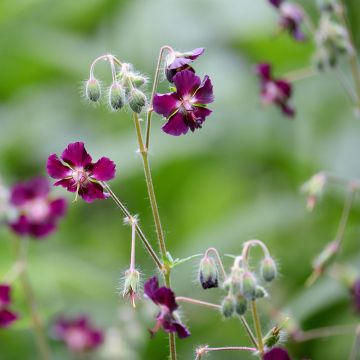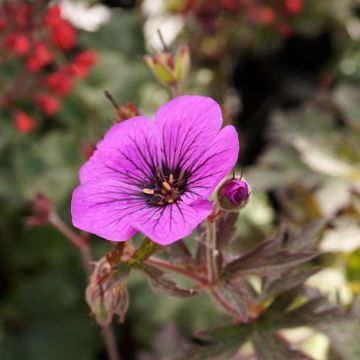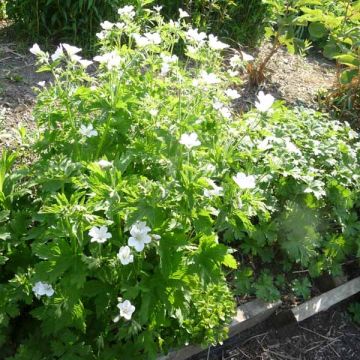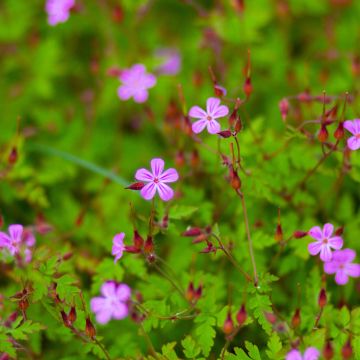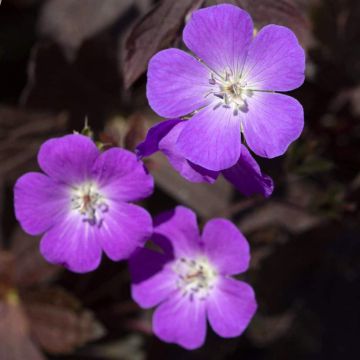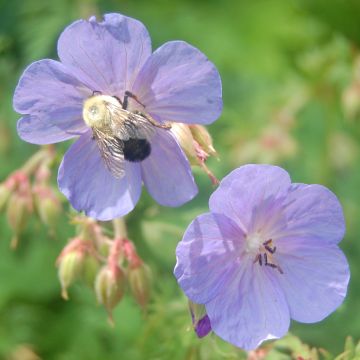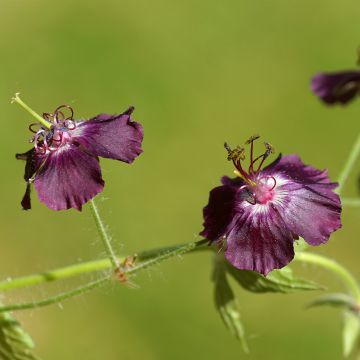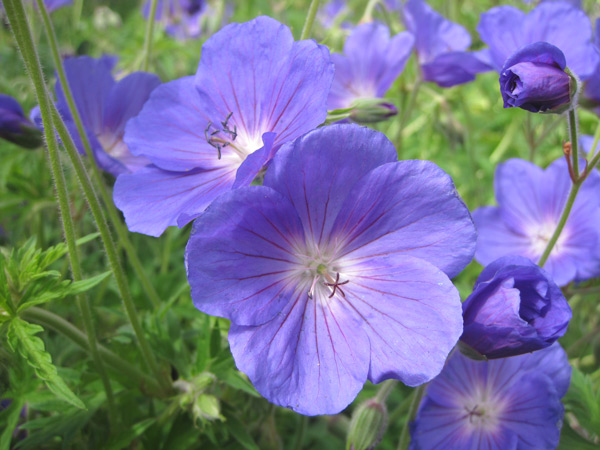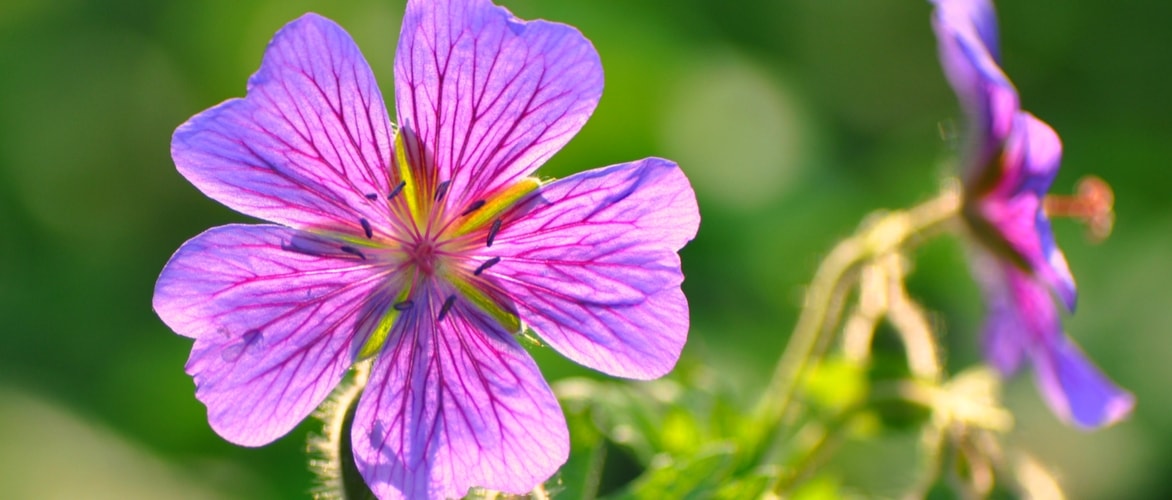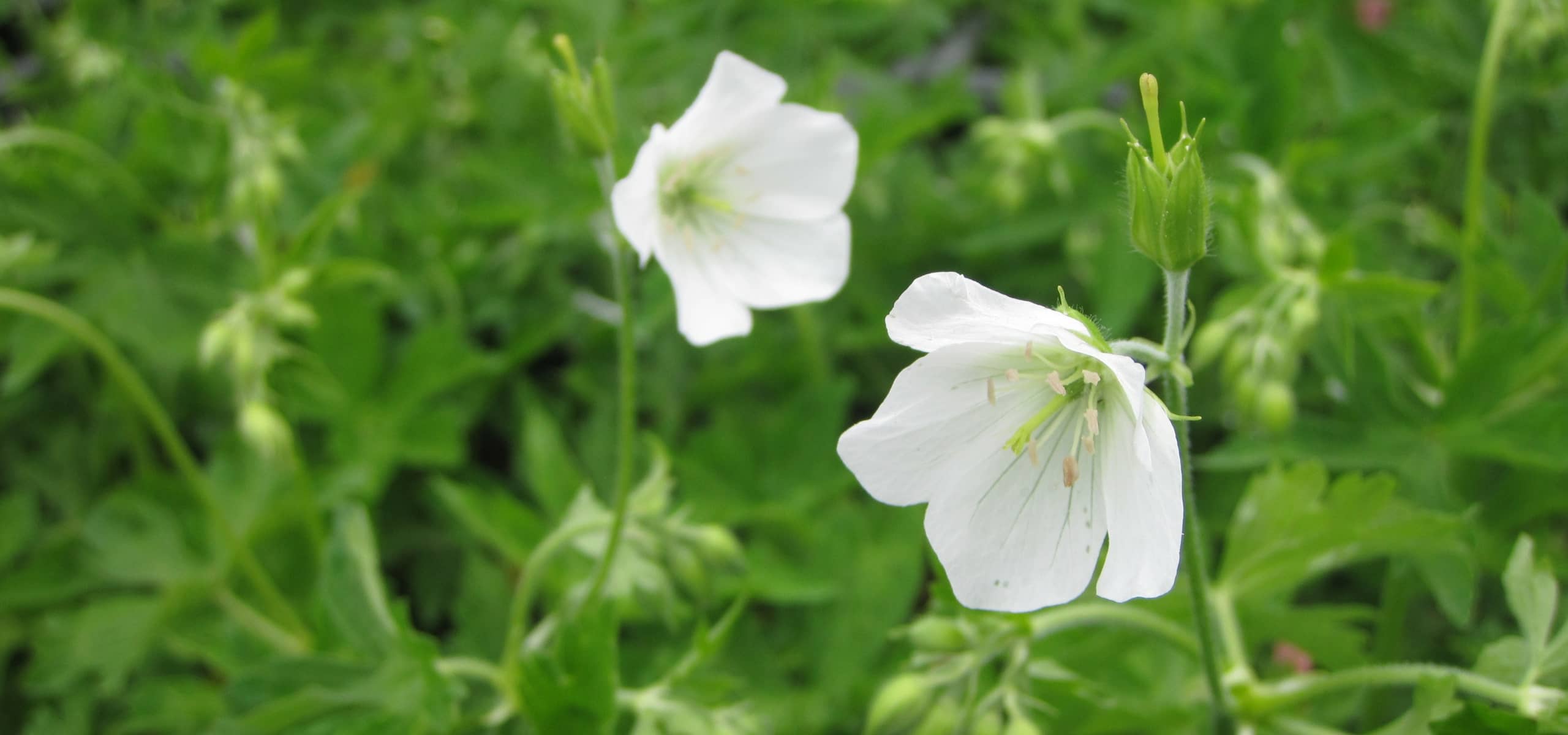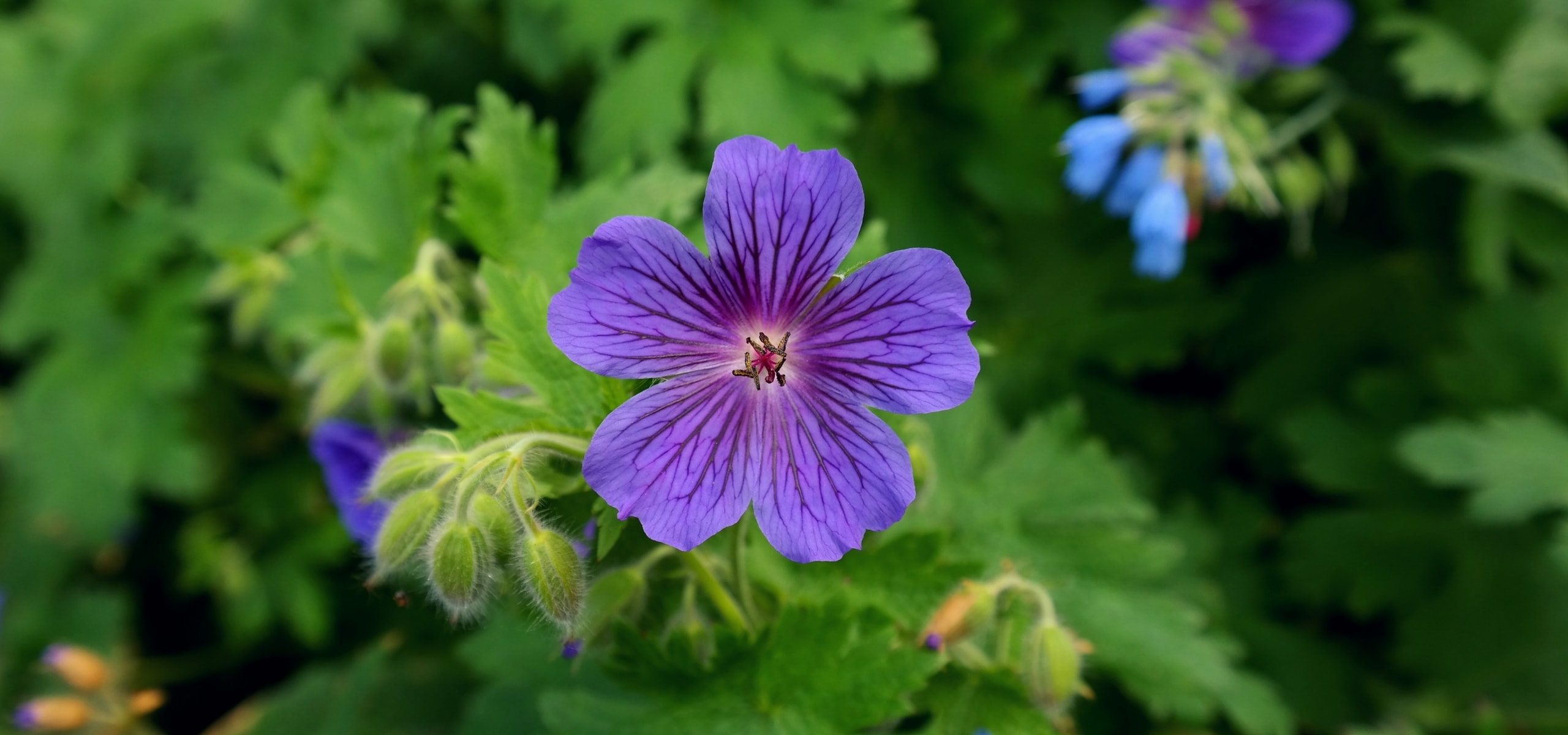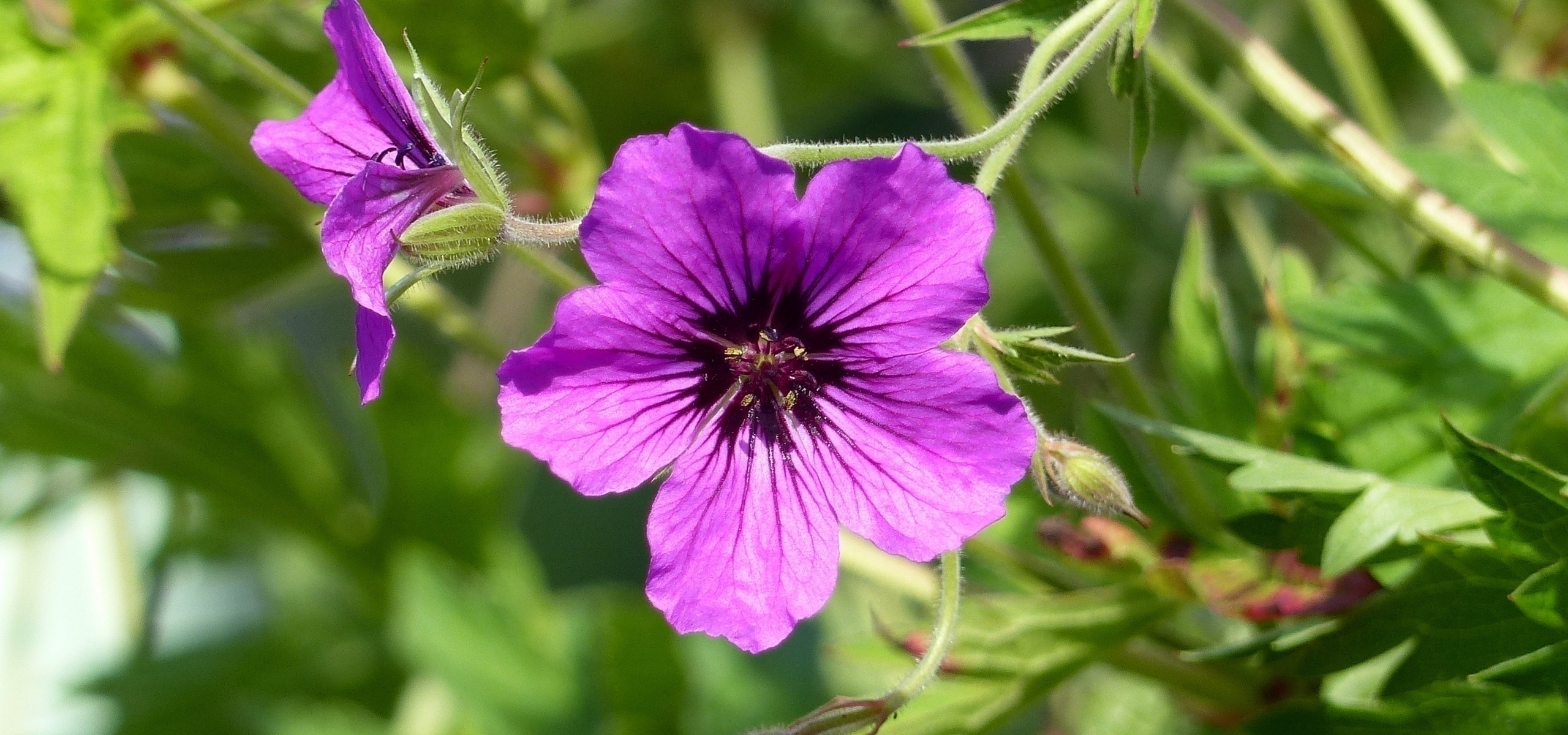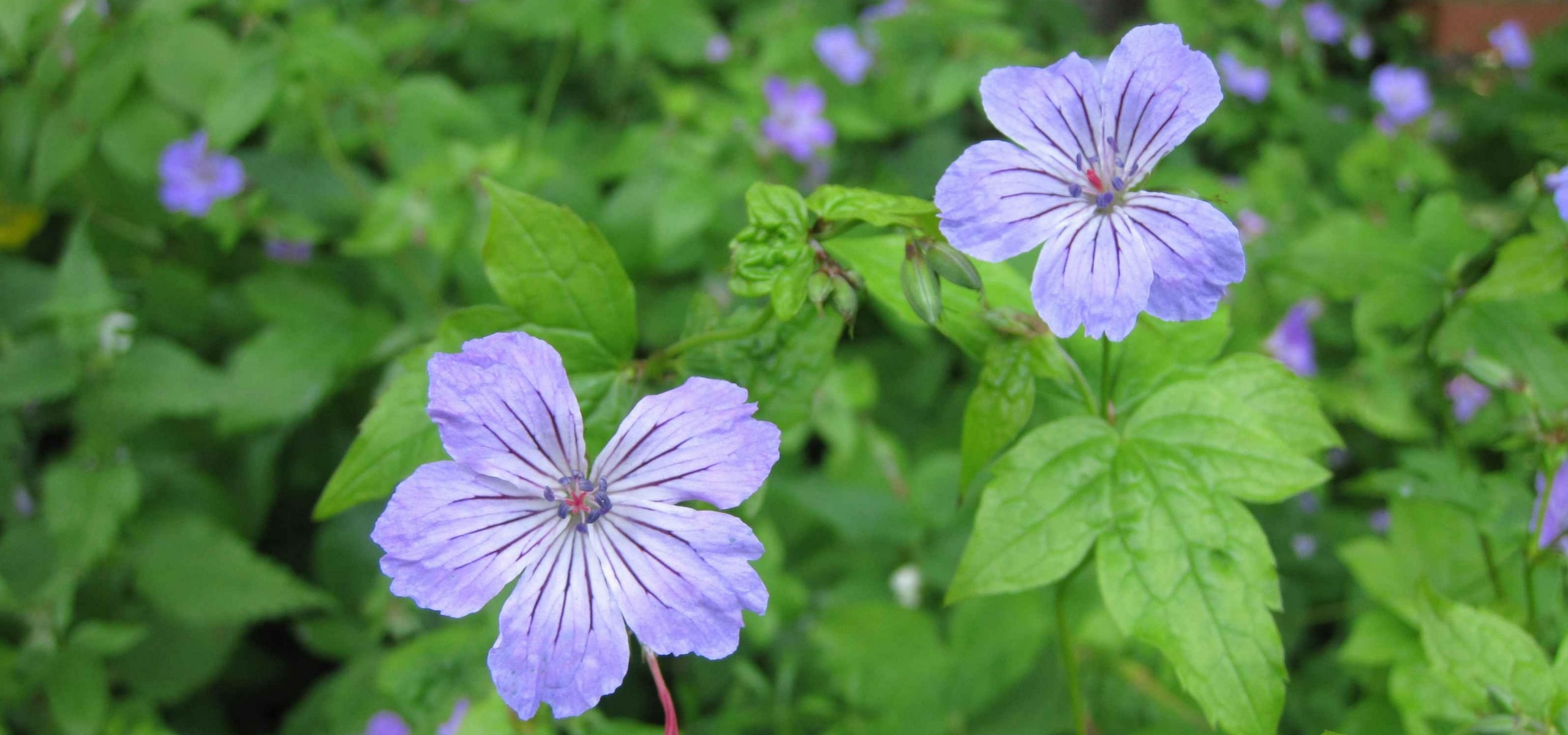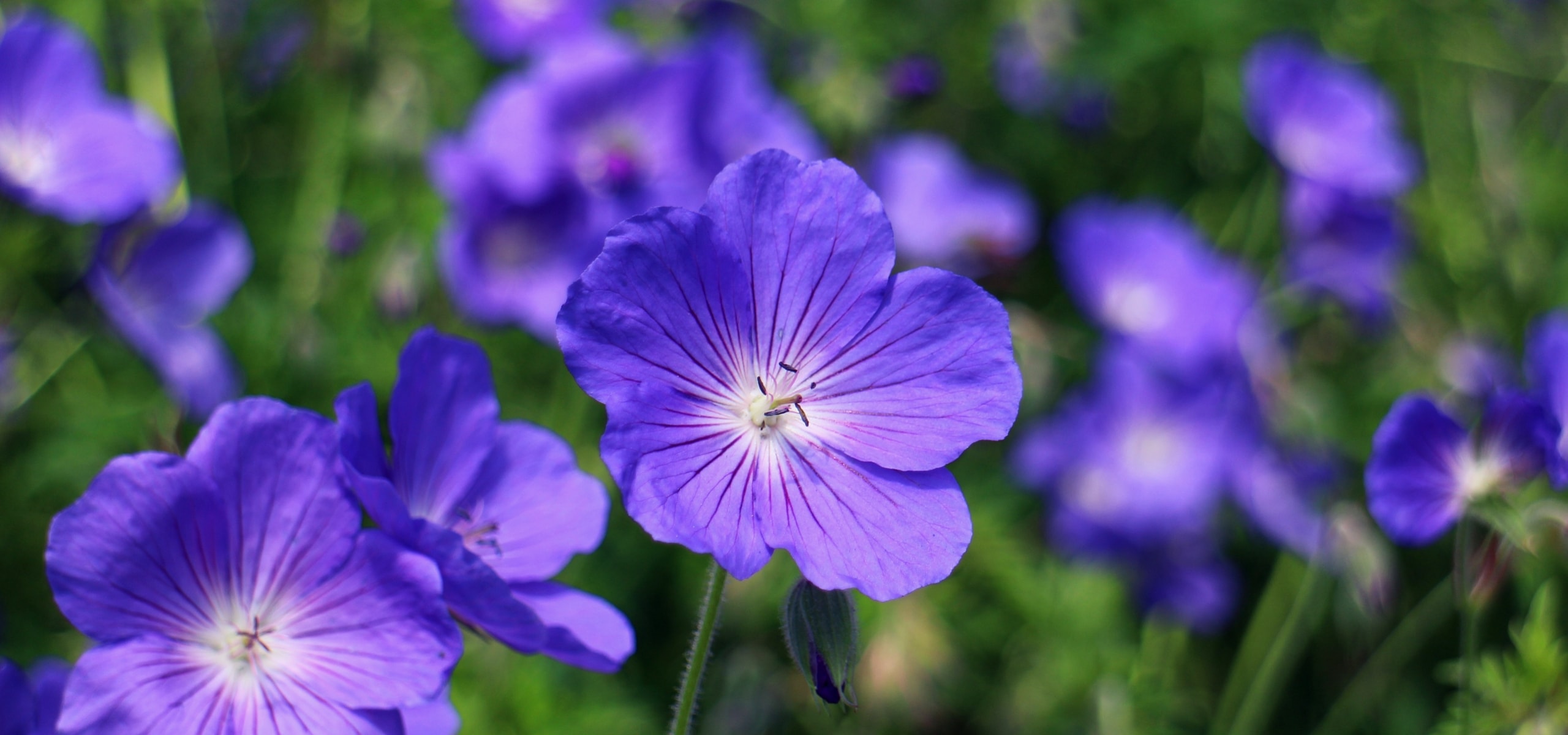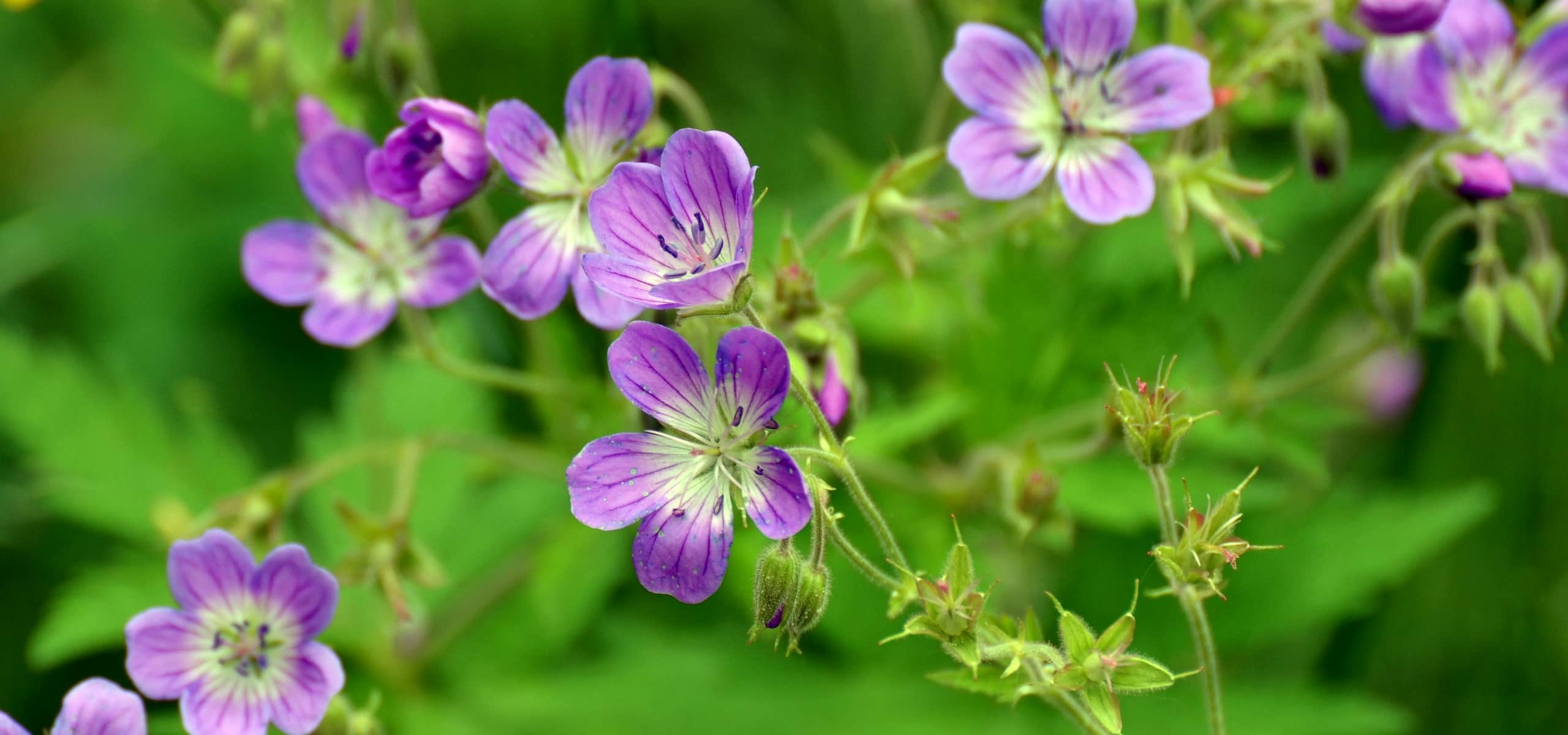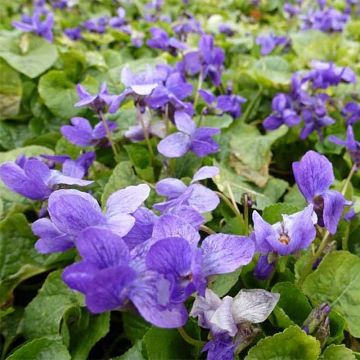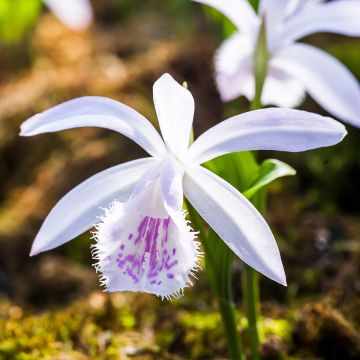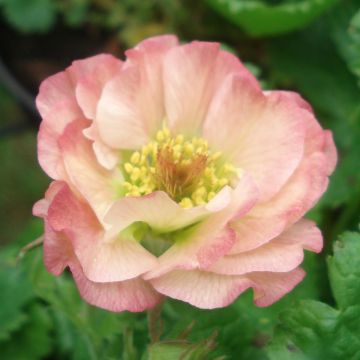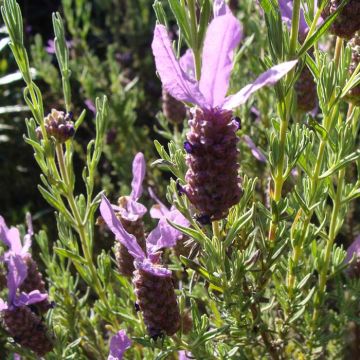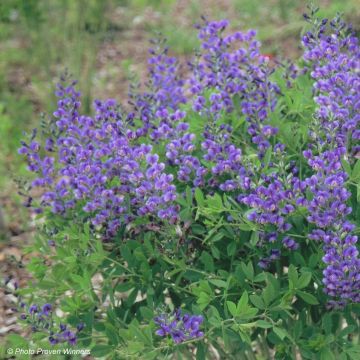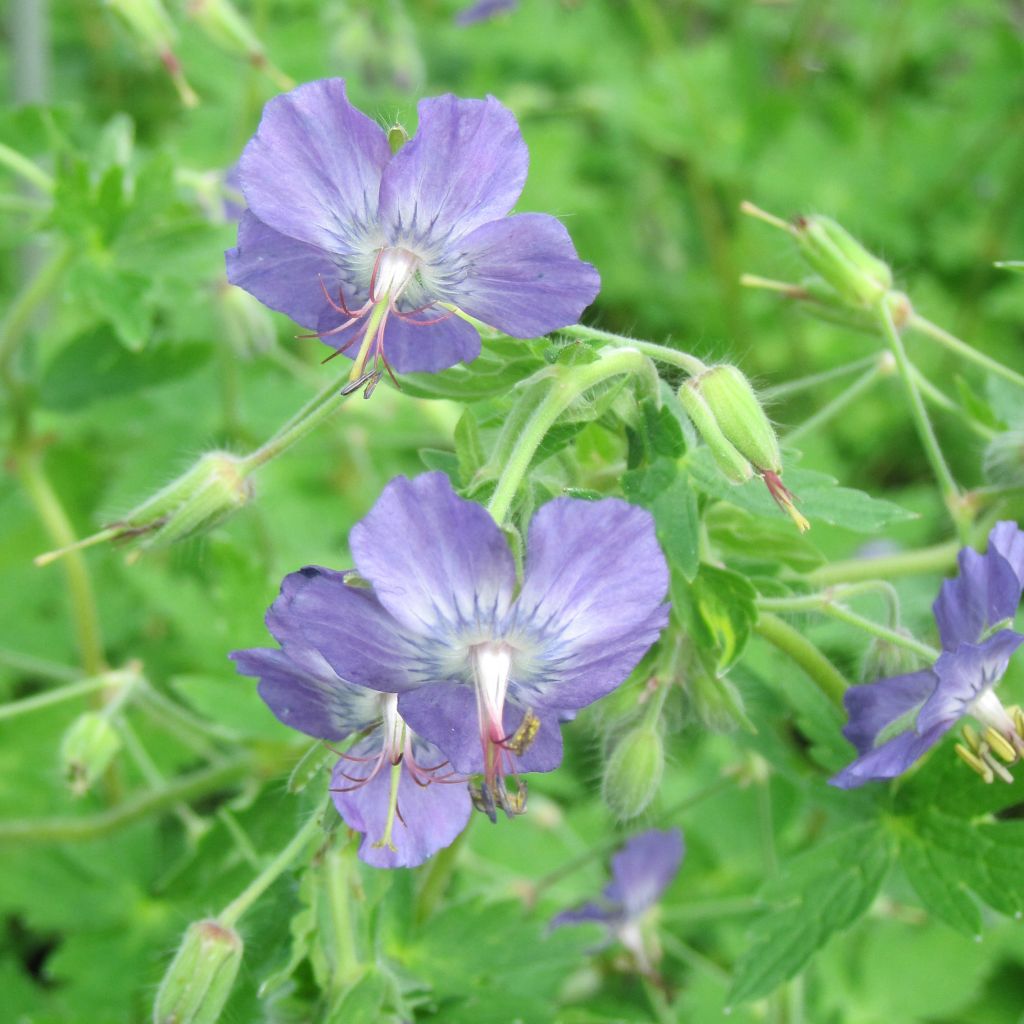

Geranium monacense var. anglicum
Geranium monacense var. anglicum
Geranium x monacense var. anglicum
Munich Cranesbill, Hardy Geranium
Fast delivery, very good packaging, beautiful flowers. Well done, keep going...
Francoise B., 11/05/2019
Special offer!
Receive a €20 voucher for any order over €90 (excluding delivery costs, credit notes, and plastic-free options)!
1- Add your favorite plants to your cart.
2- Once you have reached €90, confirm your order (you can even choose the delivery date!).
3- As soon as your order is shipped, you will receive an email containing your voucher code, valid for 3 months (90 days).
Your voucher is unique and can only be used once, for any order with a minimum value of €20, excluding delivery costs.
Can be combined with other current offers, non-divisible and non-refundable.
Why not try an alternative variety in stock?
View all →This plant carries a 12 months recovery warranty
More information
We guarantee the quality of our plants for a full growing cycle, and will replace at our expense any plant that fails to recover under normal climatic and planting conditions.
Does this plant fit my garden?
Set up your Plantfit profile →
Description
The Perennial Geranium monacense var anglicum, rare in cultivation, is a very pretty plant that produces flowers in summer with strongly reflexed pink-purple petals and a small white centre surrounded by a blue-violet halo, on fresh green foliage that turns red in autumn. It is a spontaneous hybrid found in gardens, resulting from two fairly similar species, G. phaeum var. lividum and G. reflexum. It combines the qualities of its parents, tolerating dry and shady conditions.
The Geranium monacense, formerly called 'Monachum', a Latin name meaning Munich, belongs to the geranium family. It is a natural hybrid derived from Geranium phaeum (dusky cranesbill), which thrives in moist meadows and woodland edges, and Geranium reflexum (rock cranesbill), native to southern Europe, which grows in semi-shade on dry soil. The perennial Geranium monacense anglicum has an upright, somewhat loose tufted habit, reaching a height of 45 cm (18in) or more, with a minimum spread of 40 cm (16in), sometimes much more if the conditions are right. Its flowering occurs in summer, in June-July depending on the climate. The reflexed cup-shaped flowers measure 2 to 3 cm (1in) in diameter and are adorned with a bright hue, a fairly vivid pink-purple, with a beautiful bluish central halo surrounding a small white centre from which emerge a bundle of pink stamens with black anthers. The foliage is semi-evergreen, finely cut and dissected, fresh green sometimes tinged with purple, and then turning red in autumn.
The Perennial Geranium monacense var anglicum is ideal in shaded or semi-shaded areas, in slightly difficult places, dry in summer under bushes or trees. In semi-shade, it will cover the ground without being suffocating, along with Aster ageratoides, dead nettles, periwinkles, or woolly foxgloves, obscura or lutea. It can also be planted on top of a wall, in a semi-shaded rockery where it will lean, with the base in shade and the head in the sun, among aubrietas, violets or wood anemones. It likes to creep under low branches of bushes, not fearing their roots.
Geranium monacense var. anglicum in pictures
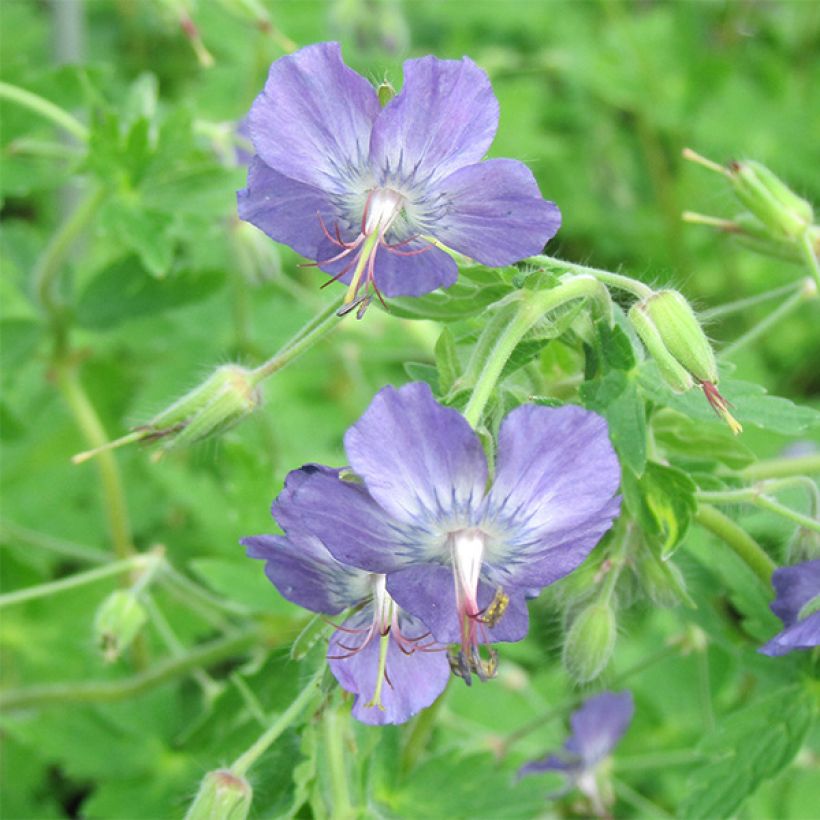

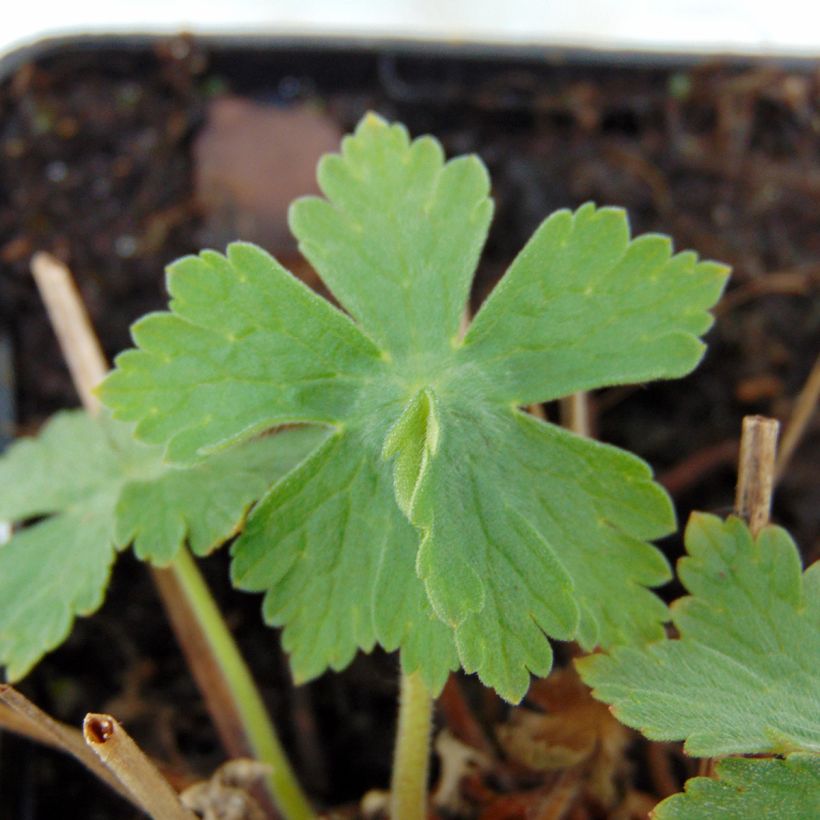

Flowering
Foliage
Plant habit
Botanical data
Geranium
x monacense
var. anglicum
Geraniaceae
Munich Cranesbill, Hardy Geranium
Cultivar or hybrid
Other Hardy Geranium - Cranesbill
View all →Planting and care
This perennial geranium enjoys dappled sun, avoid full sun. Plant it in a moist to dry, humus-rich soil, without too much limestone, but well-drained. It particularly dislikes waterlogged soils during winter, especially when it's young. Plant it in spring or autumn. Water regularly to help the young plants establish. The faded flowers can be regularly cut to encourage reblooming. This easy-going plant requires little maintenance.
Planting period
Intended location
Care
Planting & care advice
-
, onOrder confirmed
Reply from on Promesse de fleurs
Similar products
Haven't found what you were looking for?
Hardiness is the lowest winter temperature a plant can endure without suffering serious damage or even dying. However, hardiness is affected by location (a sheltered area, such as a patio), protection (winter cover) and soil type (hardiness is improved by well-drained soil).

Photo Sharing Terms & Conditions
In order to encourage gardeners to interact and share their experiences, Promesse de fleurs offers various media enabling content to be uploaded onto its Site - in particular via the ‘Photo sharing’ module.
The User agrees to refrain from:
- Posting any content that is illegal, prejudicial, insulting, racist, inciteful to hatred, revisionist, contrary to public decency, that infringes on privacy or on the privacy rights of third parties, in particular the publicity rights of persons and goods, intellectual property rights, or the right to privacy.
- Submitting content on behalf of a third party;
- Impersonate the identity of a third party and/or publish any personal information about a third party;
In general, the User undertakes to refrain from any unethical behaviour.
All Content (in particular text, comments, files, images, photos, videos, creative works, etc.), which may be subject to property or intellectual property rights, image or other private rights, shall remain the property of the User, subject to the limited rights granted by the terms of the licence granted by Promesse de fleurs as stated below. Users are at liberty to publish or not to publish such Content on the Site, notably via the ‘Photo Sharing’ facility, and accept that this Content shall be made public and freely accessible, notably on the Internet.
Users further acknowledge, undertake to have ,and guarantee that they hold all necessary rights and permissions to publish such material on the Site, in particular with regard to the legislation in force pertaining to any privacy, property, intellectual property, image, or contractual rights, or rights of any other nature. By publishing such Content on the Site, Users acknowledge accepting full liability as publishers of the Content within the meaning of the law, and grant Promesse de fleurs, free of charge, an inclusive, worldwide licence for the said Content for the entire duration of its publication, including all reproduction, representation, up/downloading, displaying, performing, transmission, and storage rights.
Users also grant permission for their name to be linked to the Content and accept that this link may not always be made available.
By engaging in posting material, Users consent to their Content becoming automatically accessible on the Internet, in particular on other sites and/or blogs and/or web pages of the Promesse de fleurs site, including in particular social pages and the Promesse de fleurs catalogue.
Users may secure the removal of entrusted content free of charge by issuing a simple request via our contact form.
The flowering period indicated on our website applies to countries and regions located in USDA zone 8 (France, the United Kingdom, Ireland, the Netherlands, etc.)
It will vary according to where you live:
- In zones 9 to 10 (Italy, Spain, Greece, etc.), flowering will occur about 2 to 4 weeks earlier.
- In zones 6 to 7 (Germany, Poland, Slovenia, and lower mountainous regions), flowering will be delayed by 2 to 3 weeks.
- In zone 5 (Central Europe, Scandinavia), blooming will be delayed by 3 to 5 weeks.
In temperate climates, pruning of spring-flowering shrubs (forsythia, spireas, etc.) should be done just after flowering.
Pruning of summer-flowering shrubs (Indian Lilac, Perovskia, etc.) can be done in winter or spring.
In cold regions as well as with frost-sensitive plants, avoid pruning too early when severe frosts may still occur.
The planting period indicated on our website applies to countries and regions located in USDA zone 8 (France, United Kingdom, Ireland, Netherlands).
It will vary according to where you live:
- In Mediterranean zones (Marseille, Madrid, Milan, etc.), autumn and winter are the best planting periods.
- In continental zones (Strasbourg, Munich, Vienna, etc.), delay planting by 2 to 3 weeks in spring and bring it forward by 2 to 4 weeks in autumn.
- In mountainous regions (the Alps, Pyrenees, Carpathians, etc.), it is best to plant in late spring (May-June) or late summer (August-September).
The harvesting period indicated on our website applies to countries and regions in USDA zone 8 (France, England, Ireland, the Netherlands).
In colder areas (Scandinavia, Poland, Austria...) fruit and vegetable harvests are likely to be delayed by 3-4 weeks.
In warmer areas (Italy, Spain, Greece, etc.), harvesting will probably take place earlier, depending on weather conditions.
The sowing periods indicated on our website apply to countries and regions within USDA Zone 8 (France, UK, Ireland, Netherlands).
In colder areas (Scandinavia, Poland, Austria...), delay any outdoor sowing by 3-4 weeks, or sow under glass.
In warmer climes (Italy, Spain, Greece, etc.), bring outdoor sowing forward by a few weeks.






























